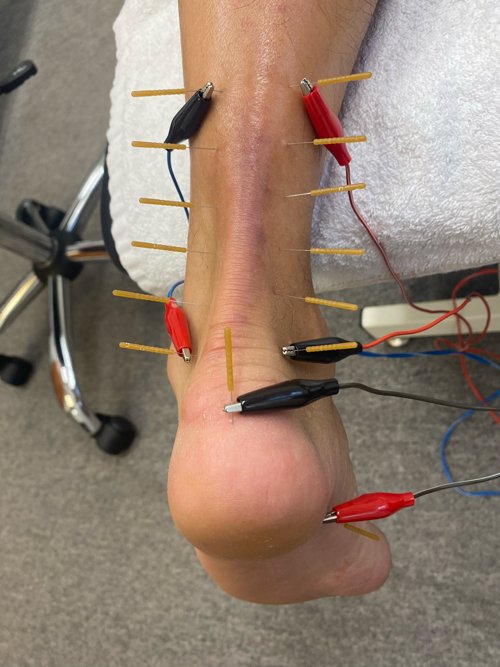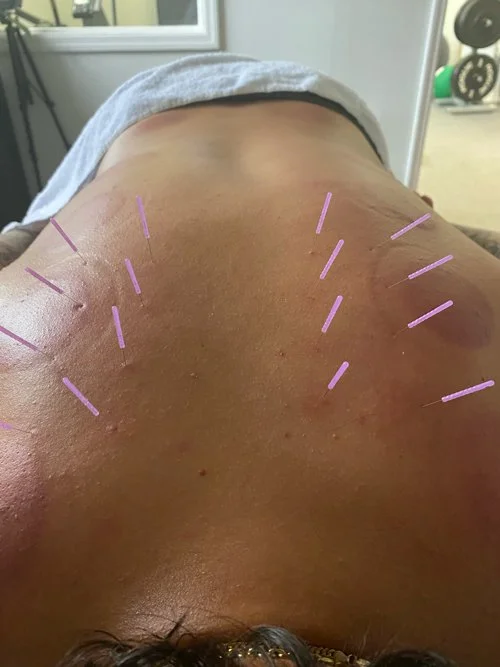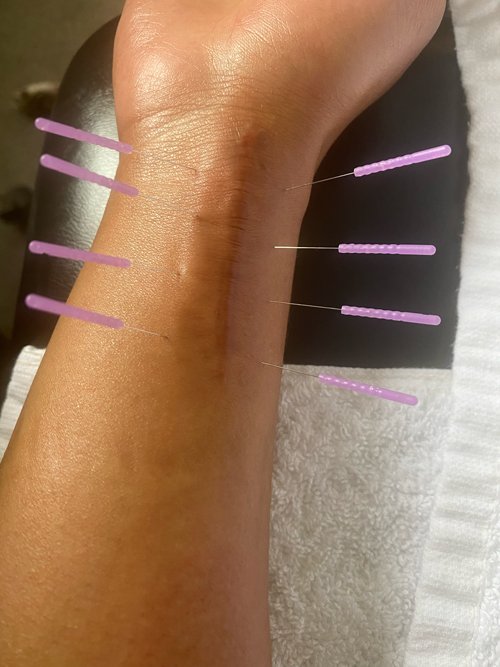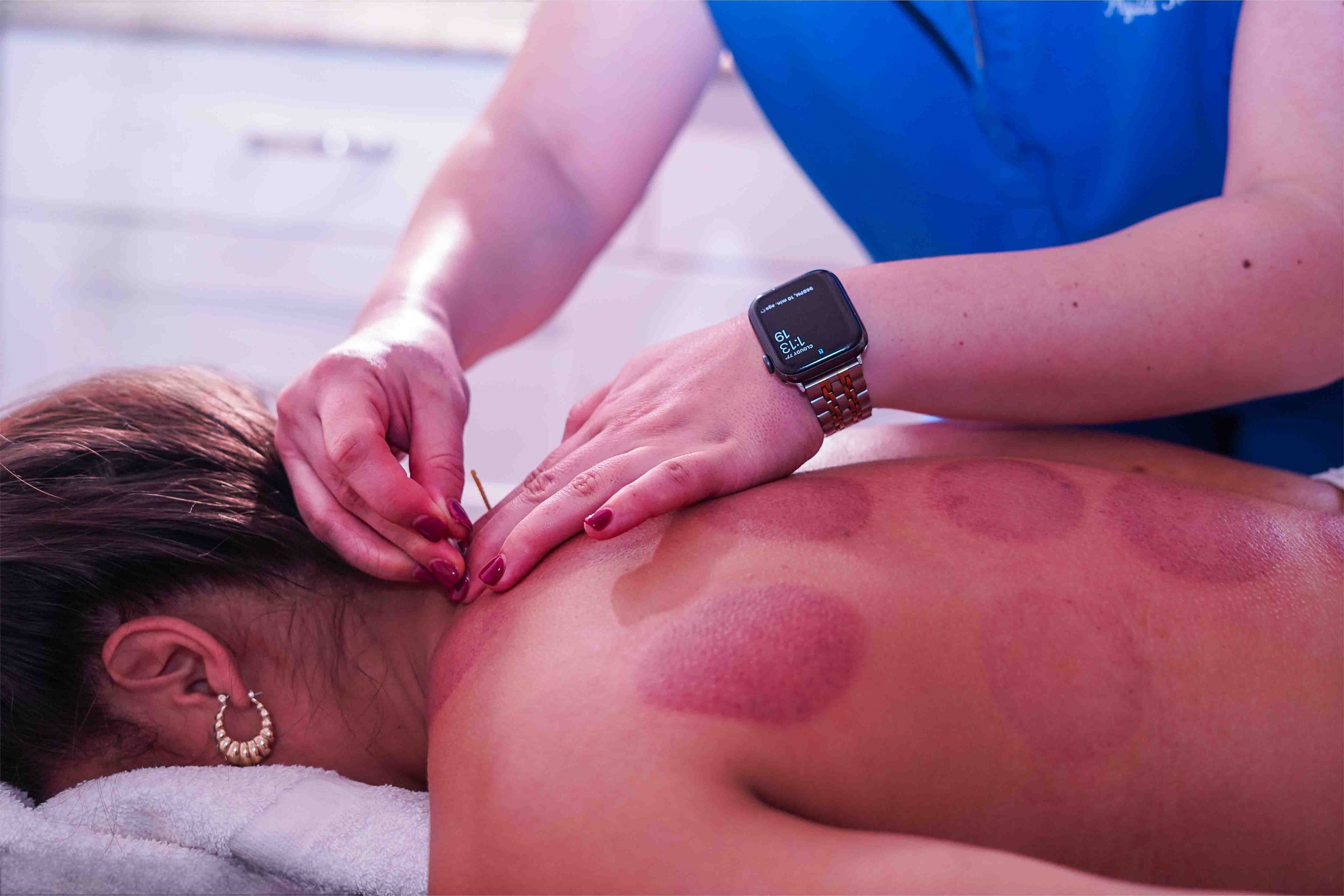
Dry Needling
Fort Lauderdale
Dry Needling
Dry Needling requires the insertion of thin monofilament needles, as used in the practice of acupuncture, without the use of steroids into muscles, ligaments, tendons, subcutaneous fascia, and scar tissue. Dry needles may also be inserted in the vicinity of peripheral nerves and/or neurovascular bundles in order to manage a variety of neuromusculoskeletal pain syndromes.
This is an effective way to release tension in muscles, fascia, and nerves for the treatment of pain and improvement of mobility issues. Dry needling promotes a targeted increase in blood flow and stimulates local healing.
This technique helps target tissues under the skin that could be difficult to manually shift and engage with targeted stretches and pressure exercises.
When using dry needling in physical therapy treatment, it’s generally one technique that’s part of a larger treatment plan that can involve exercises, therapeutic stretching, nutrition, sleep, and other forms of recovery to play an overall role in the healing process.



What Kinds Of Pain Does Dry Needling Treat?
Dry needling is almost always used as a part of an overall plan that will likely include some type of exercise, manual therapy, red light/near infrared therapy, and education. Dry needling is used to increase range of motion that may be limited due to muscle tightness, nerve irritation or scar tissue. Dry needling may also treat:
Joint problems
Disk problems
Tendinitis
Migraine and tension-type headaches
Jaw and mouth problems (such as temporomandibular joint disorders or TMD)
Whiplash
Repetitive motion disorders (like carpal tunnel syndrome)
Spinal problems
Pelvic pain
Night cramps
Phantom pain
Post-herpetic neuralgia (pain left behind by shingles)
Are There Side Effects From Dry Needling?
Most adverse effects have been minor and include:
Soreness during or after the treatment
Bleeding at the place where the needle was pushed in
Fainting
Fatigue
Bruising

